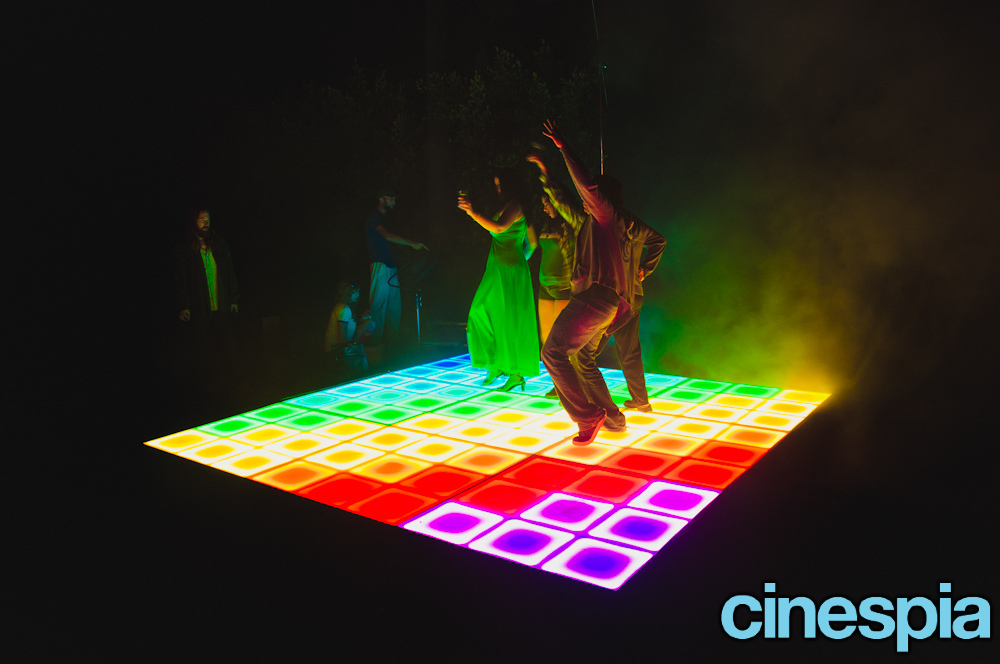
The primary colors are crimson, blue, and yellow. These colors cannot be created by mixing different hues combined. Secondary colors, such as green, orange, and violet, are formed by mixing primary colors. Tertiary colors are formed by mixing a main hue with a intermediate hue. Grasping these fundamental connections helps creators select hues that enhance one another and produce a visually pleasing show. Mixing these hues on an light-emitting diode dancing floor can lead to dynamic and exciting outcomes that attract the focus of participants.
Color temperature also plays a crucial role in aesthetics. Hues can be classified as hot or chill. Warm colors, such as crimson, tangerine, and golden, tend to evoke feelings of excitement and heat. In opposition, cool colors like blue, emerald, and violet typically create a calm and tranquil atmosphere. Designers can utilize these color values to set the ambiance for various kinds of events. For example, a celebration atmosphere may gain from hot hues that invigorate the crowd, while a more calm event might use chill hues to offer a soothing influence.
In addition to color pairings and value, luminosity and saturation are vital factors to take into account. Luminosity denotes to how light or dark a color looks, while intensity measures the intensity of a hue. Vivid, saturated colors can generate a vibrant and lively atmosphere, ideal for dancing surfaces. this page On the other hand, softer, less intense hues can create a more muted environment. By manipulating brightness and intensity, designers can draw focus to particular areas of the dance surface or establish sight pathways, guiding participants through the space.
Ultimately, it is essential to take into account the psychological impacts of hue in LED dancing surface designs. Different hues can elicit different emotions and reactions. For instance, red is often linked with passion and energy, while azure can be calming and tranquil. Understanding these connections enables creators to strategically apply hues to influence the actions of participants. By integrating color principles into LED dance surface designs, creators click for info can enhance the overall experience, rendering it unforgettable and enjoyable for everyone involved.